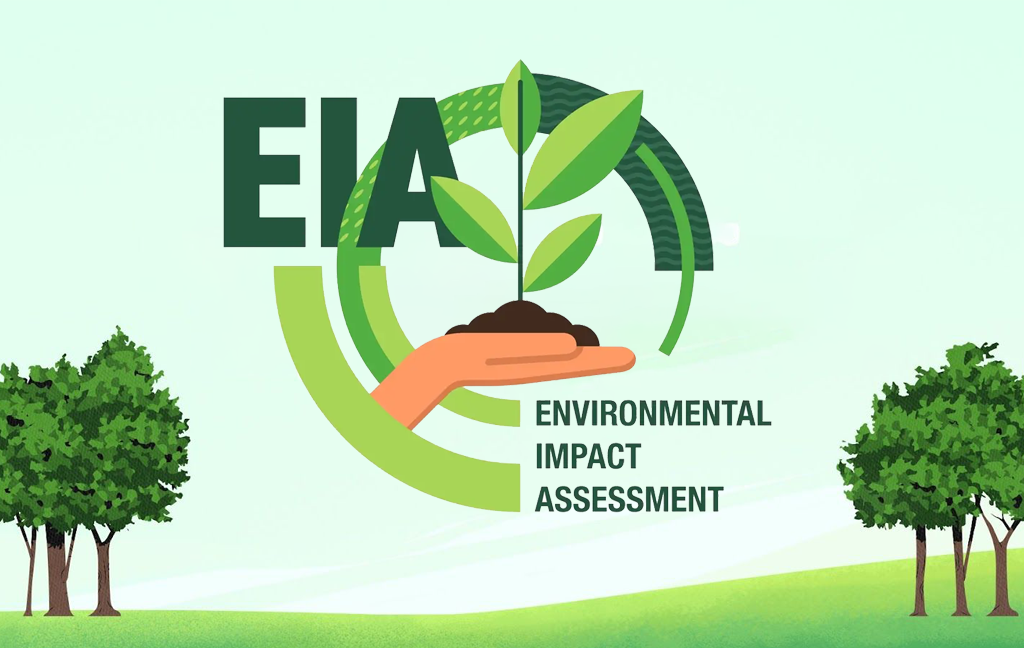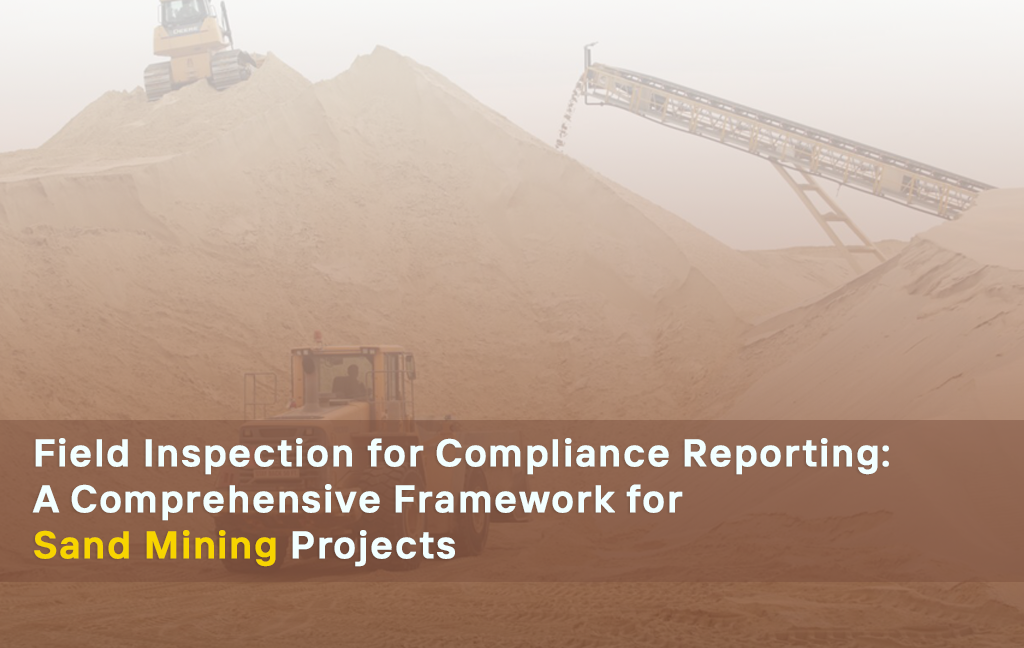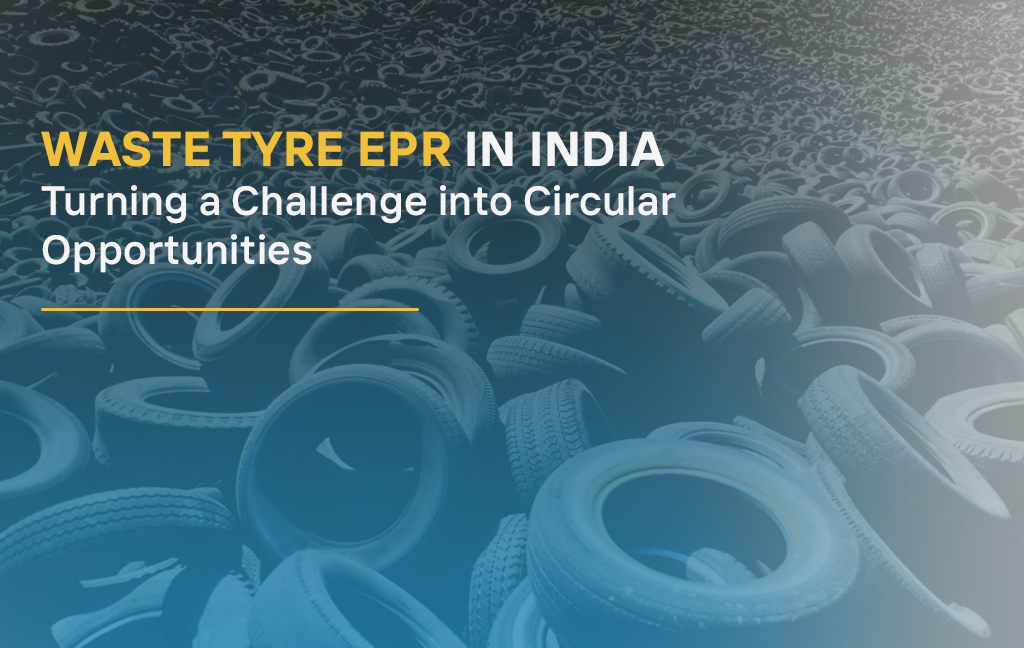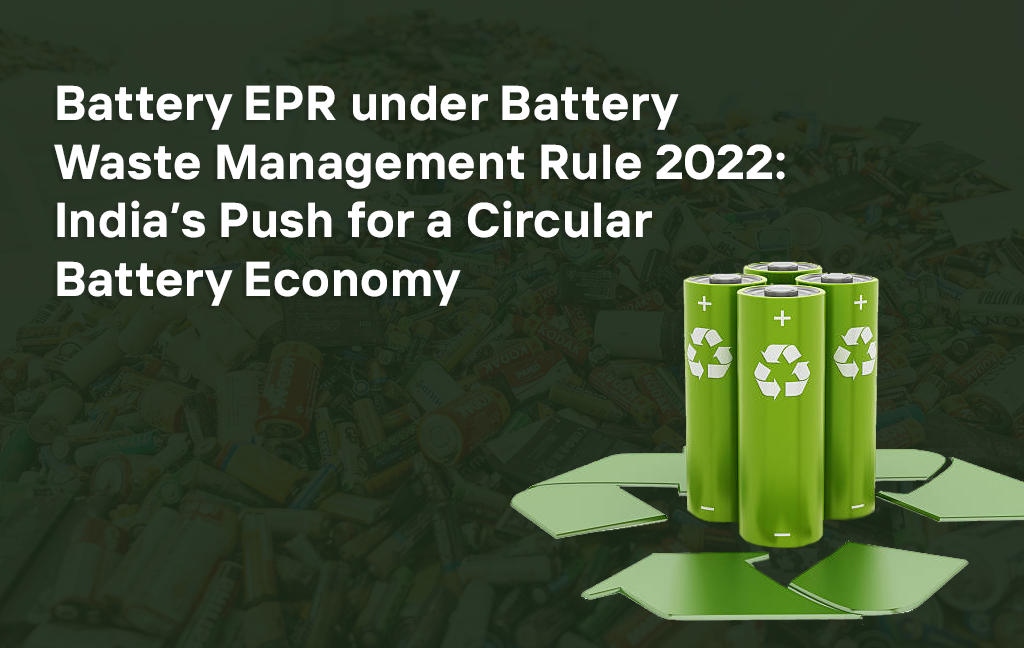Environmental Impact Assessment (EIA): A Crucial Tool for Sustainable Development

In an era of rapid industrialization and urban expansion, balancing growth with environmental protection has become a global necessity. Environmental Impact Assessment (EIA) ensures that economic progress does not come at the cost of ecological well-being.
What is EIA?
Environmental Impact Assessment is a systematic process to identify, predict, and evaluate the environmental, social, and economic consequences of a proposed project before it begins.
In India, the EIA framework operates under the Environment (Protection) Act, 1986 and the EIA Notification, 2006 (as amended). Certain categories of projects must obtain prior environmental clearance from the Ministry of Environment, Forest and Climate Change (MoEF&CC) or respective State Environment Impact Assessment Authorities (SEIAA).
Why is EIA Important?
- Prevents irreversible environmental damage.
- Balances economic growth and resource conservation.
- Involves public participation in decision-making.
- Ensures compliance with national environmental laws.
- Reduces long-term risks and costs for project proponents.
The EIA Process in India
- Screening – Determine if a project needs EIA and its classification.
- Scoping – Identify the key environmental parameters to be studied.
- Baseline Data Collection – Gather environmental and socio-economic data.
- Impact Prediction & Assessment – Estimate changes to air, water, soil, biodiversity, and communities.
- Mitigation Measures – Suggest ways to minimize or offset negative effects.
- Public Consultation – Invite community feedback and concerns.
- EIA Report Preparation – Document findings and recommendations.
- Appraisal & Decision-Making – Review and decide on project clearance.
- Post-Clearance Monitoring – Track environmental compliance during operations.
8 Sectors Requiring EIA Clearance in India
As per the EIA Notification, 2006 (and subsequent amendments), the following sectors require prior environmental clearance:
- Mining, Extraction of Natural Resources, and Power Generation (for a specified production capacity)
- Includes coal and mineral mining, oil and gas exploration, sand mining, thermal and nuclear power projects.
- Primary Processing
- Activities like ore beneficiation, metallurgical operations, and other raw material processing.
- Materials Production
- Large-scale manufacturing of cement, asbestos, and similar industrial products.
- Materials Processing
- Petrochemicals, oil refineries, synthetic organic chemicals, and hazardous chemicals processing.
- Manufacturing / Fabrication
- Heavy engineering industries, shipbuilding, vehicle manufacturing, and related fabrication facilities.
- Service Sectors
- Ports, harbors, airports, highways, railways, ropeways, industrial estates, and logistics hubs.
- Physical Infrastructure including Environmental Services
- Solid waste management plants, hazardous waste treatment, sewage treatment plants, desalination plants, and environmental service facilities.
- Building / Construction Projects / Area Development Projects and Townships
- Large residential complexes, malls, commercial hubs, SEZs, and integrated townships.
Important Regulatory Conditions
General Condition (GC)
Any project or activity specified in Category ‘B’ will be treated as Category ‘A’ if located wholly or partly within 10 km from:
- (i) Protected Areas notified under the Wild Life (Protection) Act, 1972
- (ii) Critically Polluted Areas as notified by the Central Pollution Control Board (CPCB)
- (iii) Notified Eco-Sensitive Areas
- (iv) Inter-State boundaries and international boundaries
Specific Condition (SC)
If any Industrial Estate/Complex, Export Processing Zone, Special Economic Zone, Biotech Park, or Leather Complex with homogeneous industries (e.g., Items 4(d), 4(f), 5(e), 5(f)) or predefined activities obtains prior environmental clearance, then individual industries within such estates/complexes (including proposed industrial housing) will not be required to take separate prior environmental clearance — provided:
- The estate/complex complies with all terms and conditions of the clearance.
- There is a clearly identified management with legal responsibility for ensuring compliance.
- The responsible authority can be held accountable for violations throughout the life of the complex/estate.
Challenges in EIA Implementation
- Variable quality of EIA reports.
- Delays due to administrative bottlenecks.
- Limited public participation due to lack of awareness.
- Weak post-clearance monitoring mechanisms.
The Way Forward
To make EIA a stronger, more transparent, and truly effective environmental safeguard, India needs to focus on systemic, technological, and participatory improvements:
- Technology-Driven Assessments
- Integrate Geographic Information Systems (GIS), Remote Sensing, and Artificial Intelligence (AI) for accurate mapping of ecological zones, pollutant dispersion models, and habitat analysis.
- Use real-time monitoring systems for air, water, and soil parameters linked to a central compliance dashboard for regulators.
- Transparent Public Consultation Process
- Conduct digital public hearings with live streaming and online feedback options to improve accessibility, especially for remote or marginalized communities.
- Ensure all EIA reports and clearance conditions are made available in local languages to facilitate better public understanding.
- Independent Expert Review Panels
- Create a national roster of accredited independent environmental experts who can review EIA reports to prevent bias and ensure scientific accuracy.
- Encourage peer review of EIAs by academic institutions and research bodies.
- Stronger Post-Clearance Monitoring
- Mandate annual environmental performance reports by project proponents, verified by third-party auditors.
- Enforce penalties for non-compliance that are proportional to the environmental damage caused.
- Capacity Building and Training
- Provide specialized EIA training programs for government officials, industry professionals, and consultants.
- Develop sector-specific EIA guidelines to standardize reporting formats and assessment methods.
- Integration with Corporate Sustainability
- Encourage industries to align EIA commitments with their Corporate Social Responsibility (CSR) and ESG (Environmental, Social, and Governance) frameworks.
- Promote biodiversity offset programs and community development projects as part of EIA mitigation plans.
- Data-Driven Decision-Making
- Maintain a national environmental data repository with baseline environmental information, pollution hotspots, and ecological sensitivity maps to assist in faster, more informed decisions.
Final Word
At Aseries Envirotek India Pvt. Ltd., we believe Environmental Impact Assessment is more than just a regulatory step—it’s a pledge to sustainable and responsible growth.
As one of India’s trusted environmental consulting firms, we offer comprehensive EIA solutions, from project screening, scoping, and baseline environmental studies to impact assessment, public consultation support, report preparation, and post-clearance monitoring. Our expert team ensures your projects comply with MoEF&CC and CPCB norms while aligning with global sustainability standards. Partner with us to build a future where development and the environment thrive together—contact us today to begin your EIA journey.






